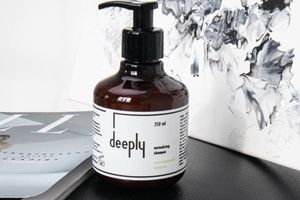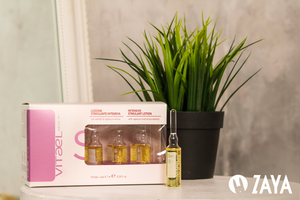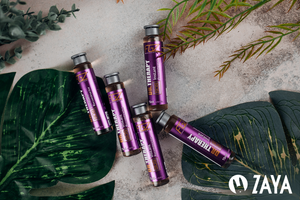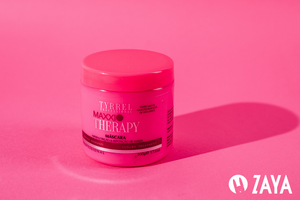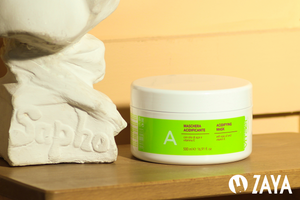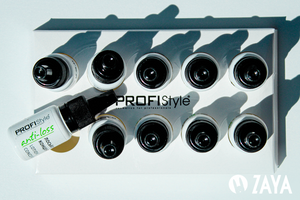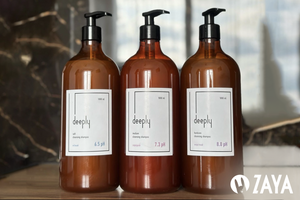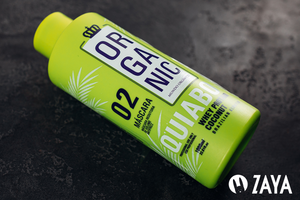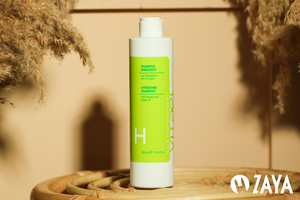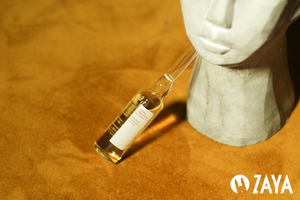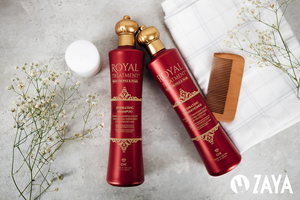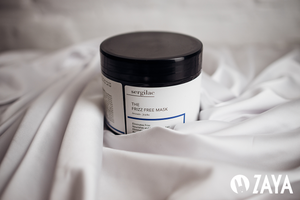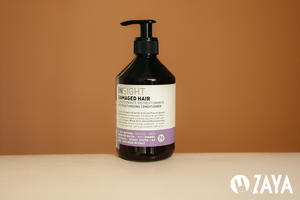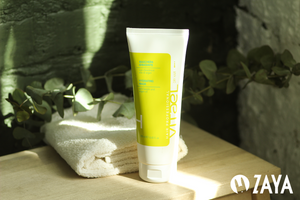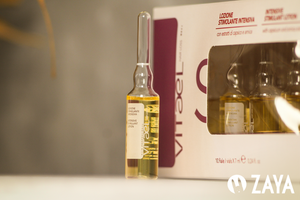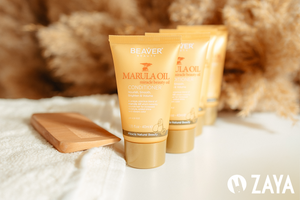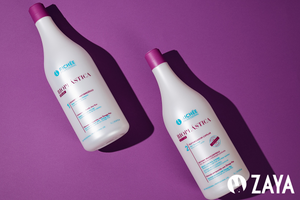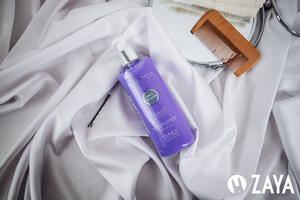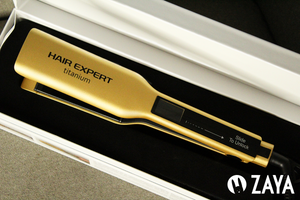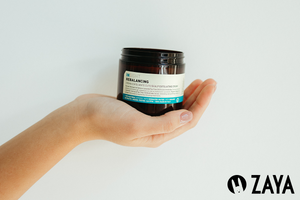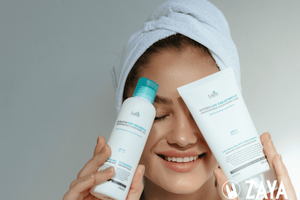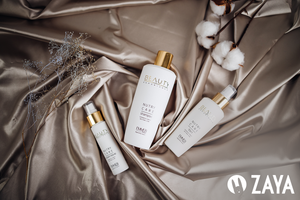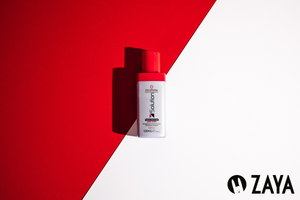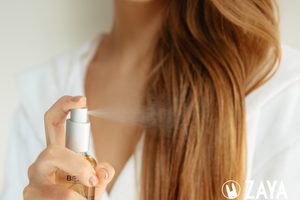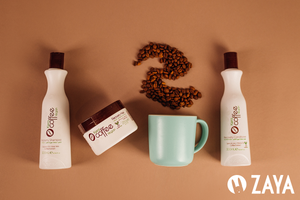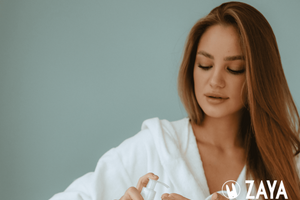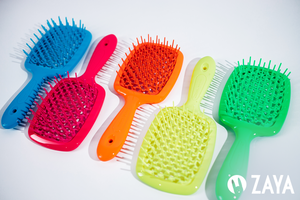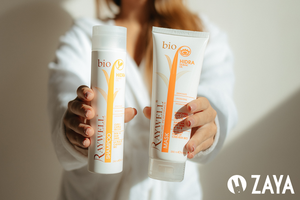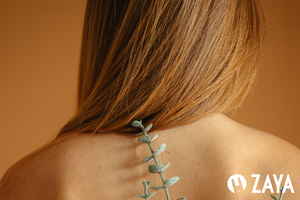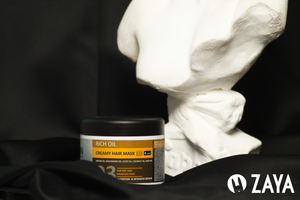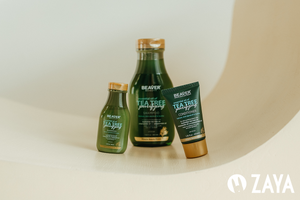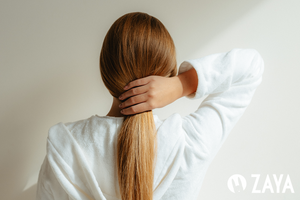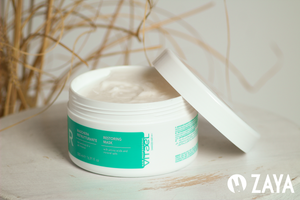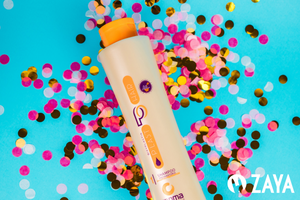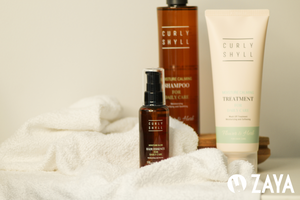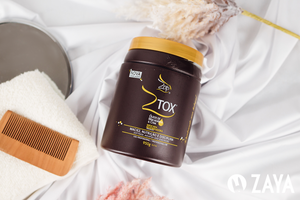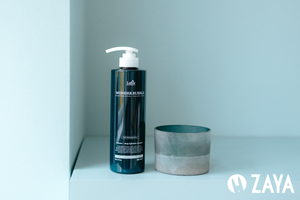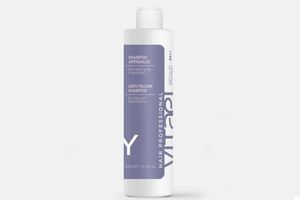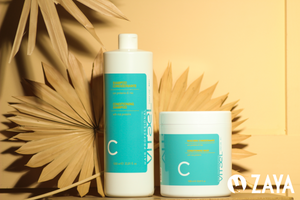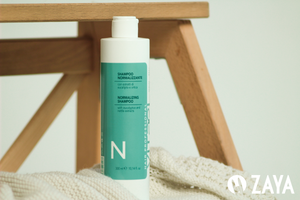Leave-in hair products that can be easily left behind after application are becoming increasingly popular among people who take a holistic approach to the health and appearance of their strands. These products can help soothe many ongoing needs, such as moisturizing, protecting and nourishing, without requiring daily washing and complementing your regular routine. They are extremely easy to use - usually a small amount of product is applied to the lengths of hair that have been lightly towel-dried after washing or simply to dry lengths. Different types of leave-in products have their own advantages and disadvantages, which you should know about before buying.
Types of leave-in hair products
- Hair serums
Serums are lightweight care products that penetrate deep into the hair shaft. They contain a concentrated formula of active ingredients that nourish, moisturize, and restore hair from the inside out. Serums are perfect for people with damaged, dry or frizzy hair, and a well-chosen product, thanks to its deep penetrating action, can completely change the appearance of the strands, moisturize them from the inside and smooth the cuticle scales. Usually, serums are not recommended for daily use, but in any case, you should carefully read the manufacturer's instructions.
- Hair fluids
Hair fluids are lightweight, water-based products designed to restore and nourish hair without excessive greasiness. Hair fluids are great for people with fine hair because they can help add volume to hair. They can also be a great option for people with both oily and weak hair because their restorative effect is not accompanied by an oily layer on the strands.
- Hair creams
Hair creams are thick products, similar to the face and body products of the same name, designed to intensively moisturize and nourish hair. They are great for people with thick, curly, or coarse hair because they can help tame frizz, give it a defined shape, and provide long-lasting moisture. Hair creams are usually great as a styling aid. Since they are quite heavy in texture, they may not be suitable for people with weaker strands due to the risk of overloading the scalp.
- Hair oils
Hair oils are thicker than serums, oil-based nourishing products that have an intense moisturizing, nourishing, smoothing, and protective effect. They are great for people with damaged, dry, or frizzy hair, as they can help restore and revitalize strands from the inside, giving them incredible shine and softness. Oils are especially useful for the ends, which often suffer from excessive dryness even when the top part of the hair looks healthy. Instead, people with oily strands should look for other products or use oils very carefully so that the product does not get to the hair roots.
- Hair sprays
Hair sprays are spray-on products that vary greatly in their effects, but usually focus on protection from external factors. The most common are thermal protection sprays, which create a shell on the hair that reduces the harmful effects of hot styling tools or direct sunlight. There are also many sprays that help with styling, such as hair fixing sprays or so-called dry shampoos that absorb excess oil.
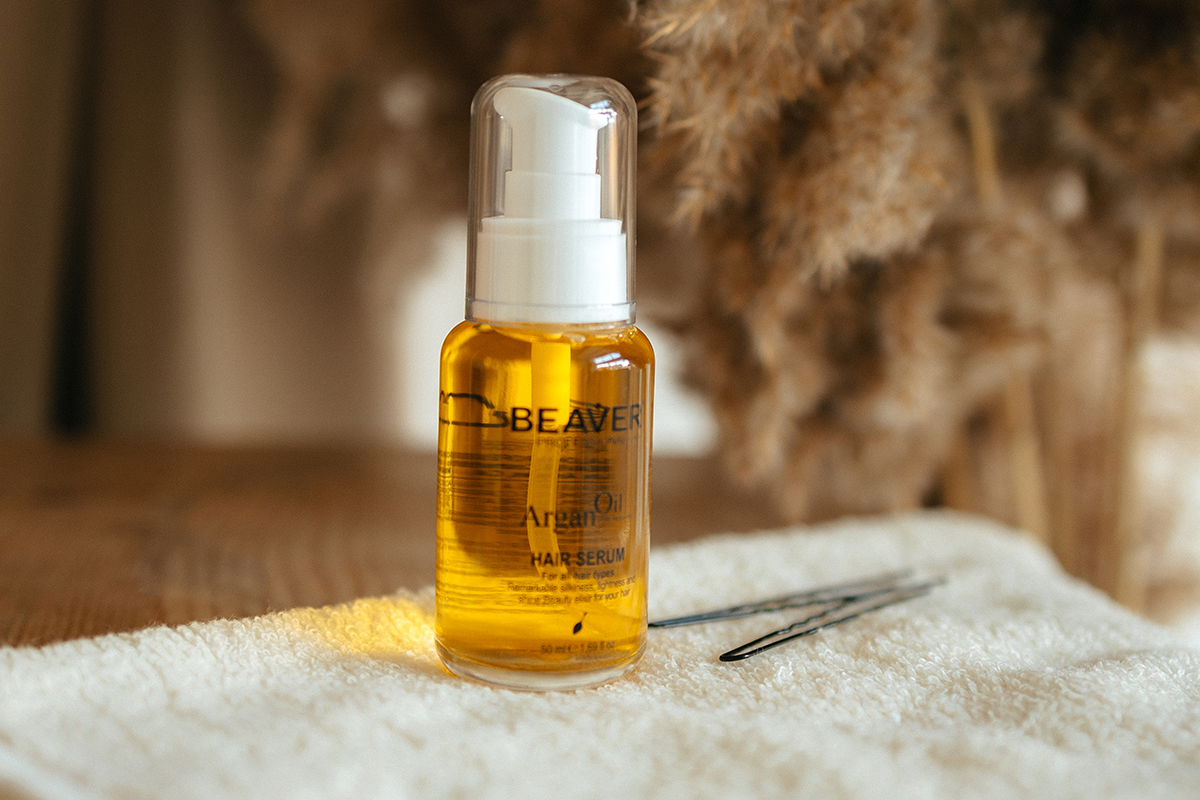
Advantages of leave-in hair products
- Moisturizing the hair
Hair products that don't need to be rinsed out are usually excellent at moisturizing hair, which is important for maintaining silky, shiny hair. Moisturizing helps prevent breakage, split ends, and excessive frizz, and has a positive effect on the overall texture and appearance of the strands.
- Protecting the hair
Leave-in products can also protect hair from environmental stressors, such as air pollution, UV rays, and thermal styling tools. These products contain active ingredients that form a protective membrane around the hair, and in some cases, they also help to strengthen the hair from the inside, making it more resistant to irritants.
- Additional hair nutrition
Most leave-in products contain nourishing ingredients, such as oils, proteins, and vitamins, to help strengthen hair from the inside out. While this should be the primary focus of regular everyday products like shampoos, conditioners, and masks, when this is not enough, leave-in products can properly complement your routine to improve the overall condition of your hair.
- Convenience
Leave-in hair products are incredibly convenient for people with active lifestyles and busy schedules, especially for those who spend a lot of time on the go. They can be applied quickly and easily, without the need for daily washing and styling, saving time and effort.
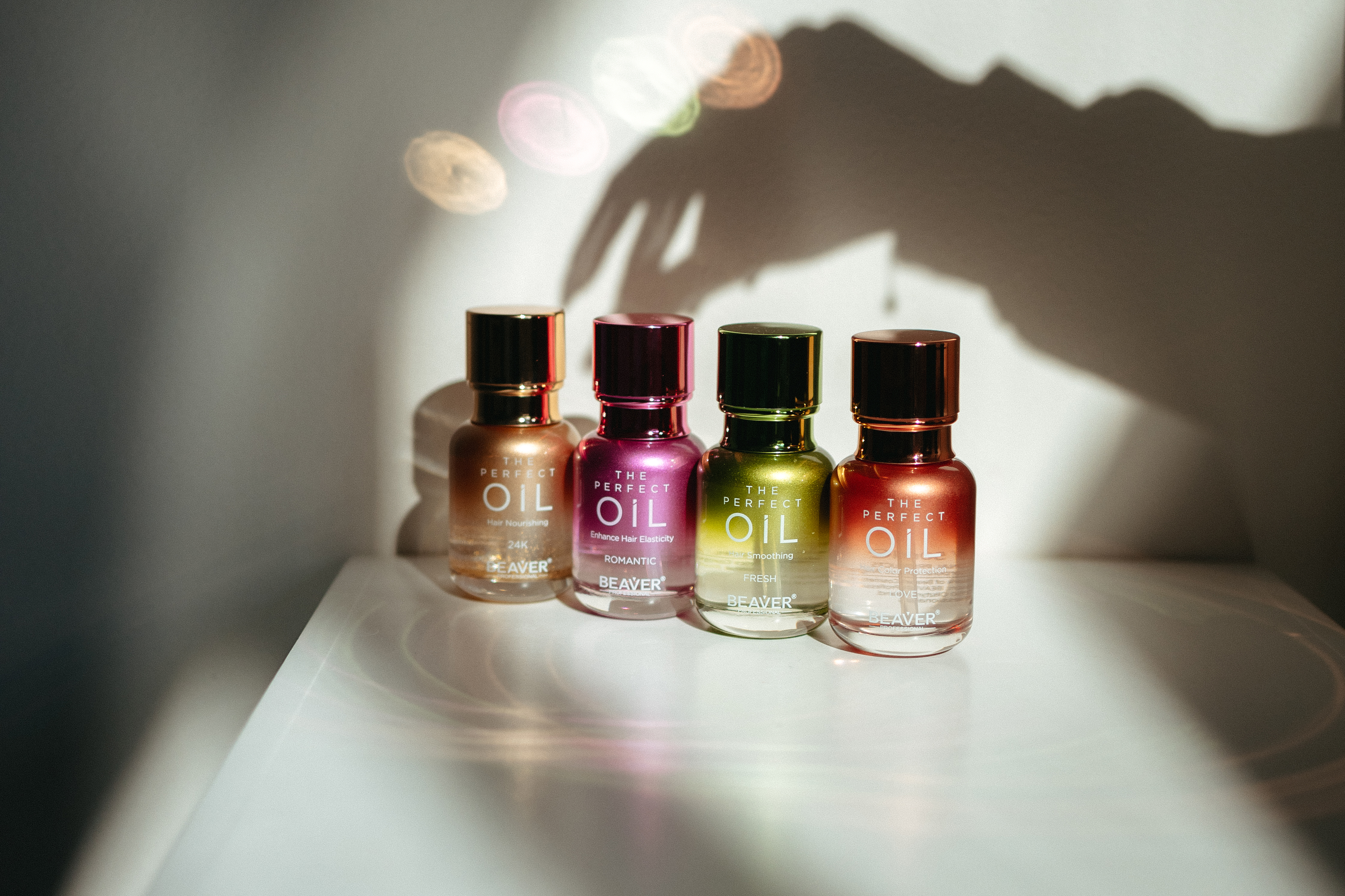
Disadvantages of leave-in hair products
While leave-in hair products can effectively address many problems, there are also some disadvantages that you should consider before using them in your hair care routine.
- Build-up in the hair
Leave-in hair products can build up on your hair over time, which can make it look dull and prone to grease. To avoid this, it's important to use leave-in products in moderation and to wash your hair regularly with a deep-cleansing shampoo.
- Weights
Hair products that don't need to be rinsed out can weigh hair down significantly, making it weak and brittle. This is a particular problem for people with thin strands.
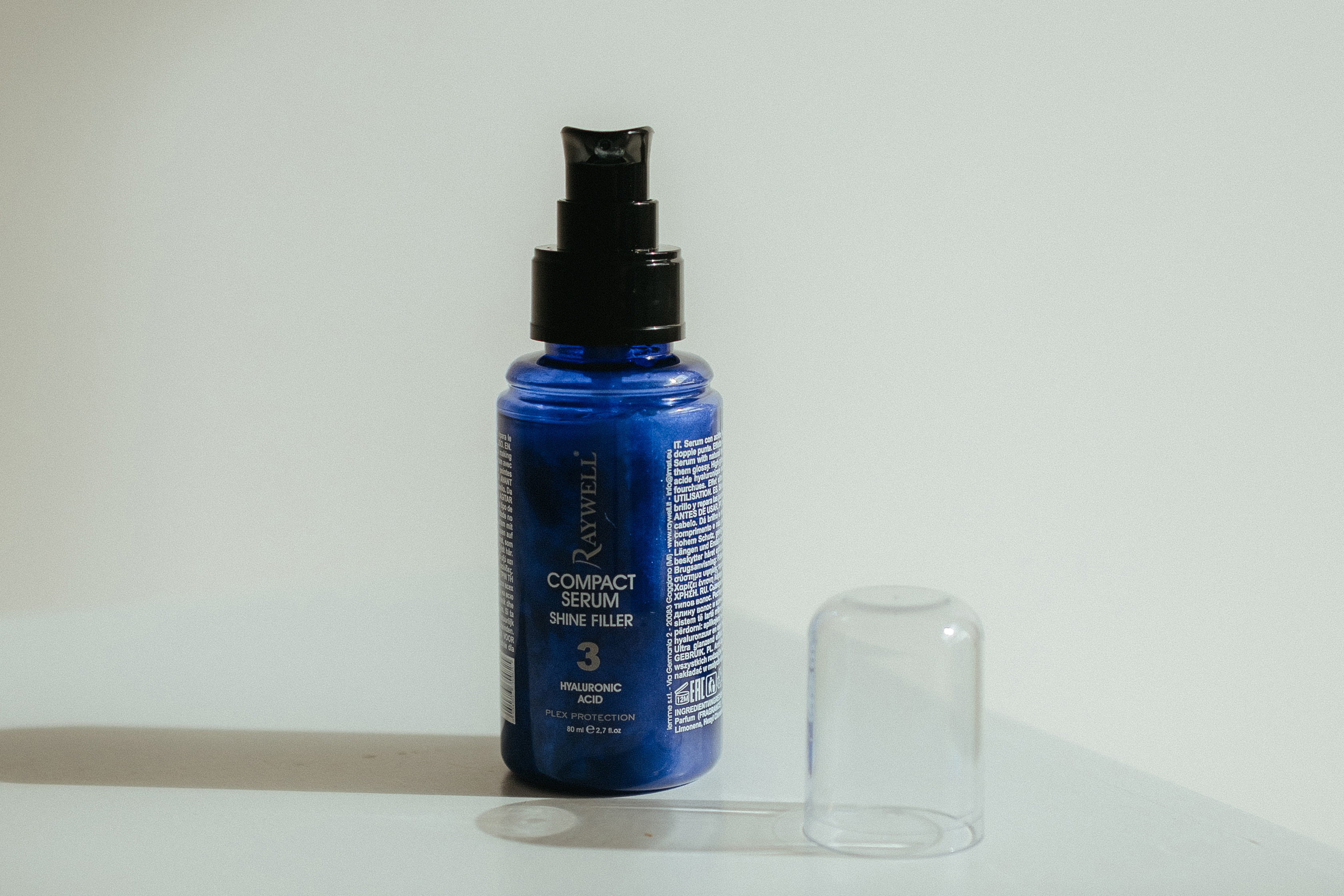
What hair types are best suited for leave-in hair products?
Leave-in products are suitable for different hair types, but there are some general guidelines for choosing depending on your hair type:
- Thin and weakened hair
Lightweight products such as fluids or serums are best. These products provide moisturization and nourishment without weighing hair down.
- Thick and curly hair
For thick and curly hair, heavier, indelible products such as creams or oils are suitable. They provide intensive care and maintain a defined appearance of the strands, which is especially important for curls.
- Damaged and dry hair
Serums or oily products are best for people with damaged and dry hair. The most important thing is to choose the right composition with nourishing ingredients that will effectively complement your routine care and help fill in the structure and smooth the cuticle.
Leave-in hair products can cover many needs that regular daily care cannot, but it is very important to use them in moderation and choose the right product for your hair type.



























